Currently, Apple computers have been using only SSD disks, which are extremely fast, for several years. On the other hand, compared to classic HDDs, they are more expensive and mainly smaller, which can be a disadvantage for some. If the basic SSD storage does not suit you during the configuration, then it is necessary to prepare a lot of extra money for the expansion. What's worse is that the SSD drive inside the Mac cannot be replaced, as it is hard-wired to the motherboard. If you own an older Mac with a HDD, or if you find that your Apple computer is slow to start up, then this article will be useful to you. In it, we'll show you 5 tips and tricks to make your Mac start up faster.
It could be interest you
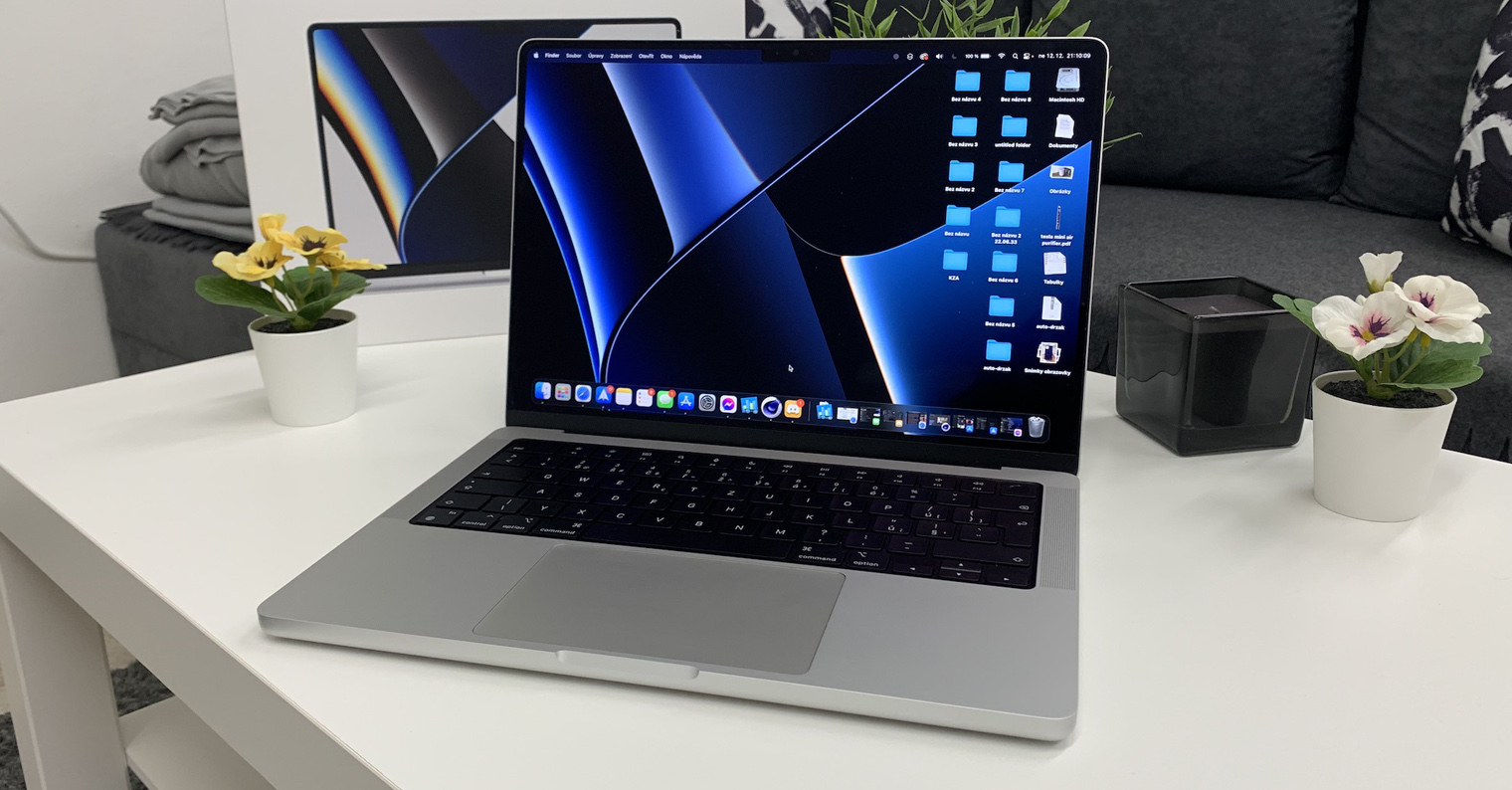
Check applications after startup
When you start your Mac, countless different processes are running in the background after the system loads. These processes can use the Mac hardware practically to the maximum. In addition, if you let various applications start automatically after starting the Mac, then you can mess up the Mac even more. The system tries to start applications as soon as possible, which in connection with processes can cause jams. The good news is that you can easily check on your Mac which apps should start automatically when the system starts. Just go to → System Preferences → Users and Groups, where you click on the left your profile, and then go to the bookmark Login. It will appear here an application that starts automatically when the system starts. If you want any application from this list eliminate so by tapping it mark and then press icon – below the list.
System update
Do you find that your apple computer system is starting up slowly lately? If so, you should definitely check that you have the latest version of macOS installed. From time to time, an error can appear in the system, which can cause a lot of things - even the slow loading of the system after it starts. Of course, Apple tries to fix all found errors as quickly as possible. If you have an older version of macOS installed, it is likely that this error will be fixed in the latest version. So definitely try to keep all systems on apple devices updated to avoid problems. To find and possibly install a macOS update, go to → System Preferences → Software Update. Here, among other things, you can activate automatic updates, otherwise I recommend checking them manually regularly, for example once a week.
Desktop order and use of sets
Computer users fall into two camps. In the first camp you will find individuals who have their desktop in order, or have nothing on it at all. Part of the second camp are users who store the so-called fifth through ninth on the desktop and do not care about any maintenance. As you surely know, for many files, you can see their preview in the icon - for example, for images, PDFs, documents from office packages, etc. If you have many such files on your desktop, after starting the system immediately tries to show a preview of all files, which can negatively affect startup. So I recommend that you they took all the files from the desktop and put them in one folder, which you can place on your desktop. Of course, you will do best if you you will divide and organize all the files nicely. If you don't want to deal with sorting, you can use sets, which will automatically split the files. Sets can be turned on by right-clicking on the desktop, and then selecting an option Use sets.
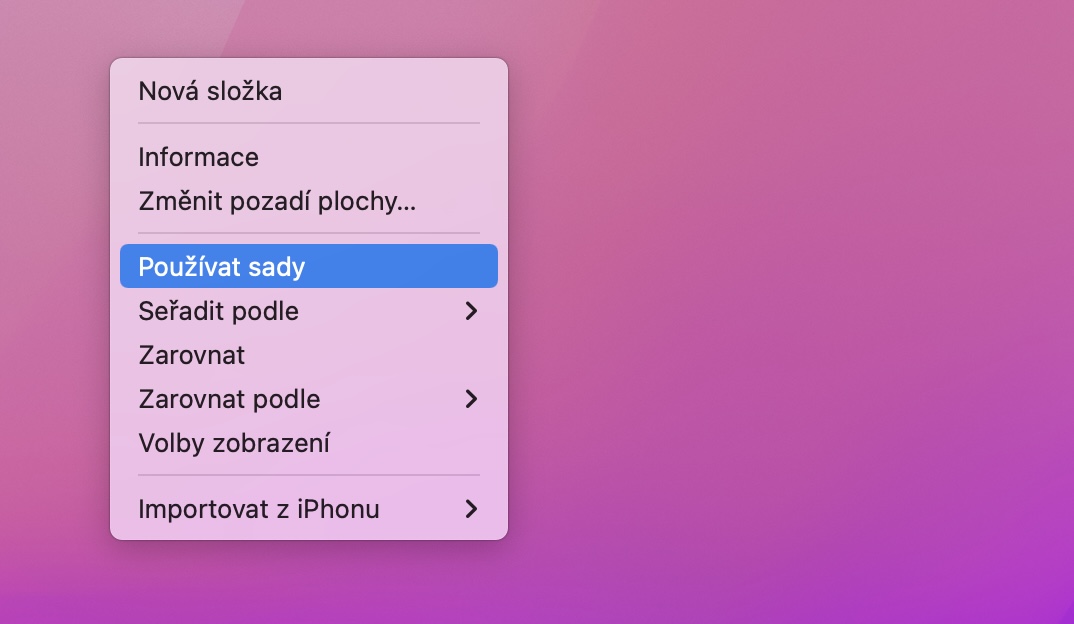
Freeing up storage space
If you want your Mac to run fast and run smoothly, it's essential that it has enough storage space. If you've owned an older iPhone in the past that had little storage, you've probably run into a situation where you've run out of storage. All of a sudden, the iPhone slowly became unusable because it had nowhere to store data, which is a huge problem. And in a way, this also applies to Macs, although not quite the latest ones, but rather the older ones, which have an SSD with a capacity of, for example, 128 GB. The absolute minimum these days is 256 GB, ideally 512 GB. Anyway, macOS includes a great utility for freeing up storage space. You can find it by going to → About This Mac → Storage, where you tap on Management… Then another one opens a window in which it is already possible to delete unnecessary data and thus reduce storage space. The Mac should recover after that.
Check for malicious codes
For several years now, information has been spreading in the world of Apple users that the macOS operating system cannot be attacked by any virus or malicious code. Unfortunately, the individuals who pass on this information are definitely not correct. Malicious code is virtually impossible to get into iOS, where apps run in sandbox mode. The macOS operating system is actually just as susceptible to viruses as, for example, Windows. Due to the ever-expanding user base, even Apple computers are becoming targets of attacks more and more often. So if you want to be safe, it's best if you simply get an antivirus which will protect you in real time. But if you don't want to spend money on an antivirus, you can at least download a free one that will scan the system and files and possibly detect the presence of viruses and malicious codes. From my own experience, I can recommend an antivirus Malwarebytes, which will scan for free and remove any malicious codes.
It could be interest you
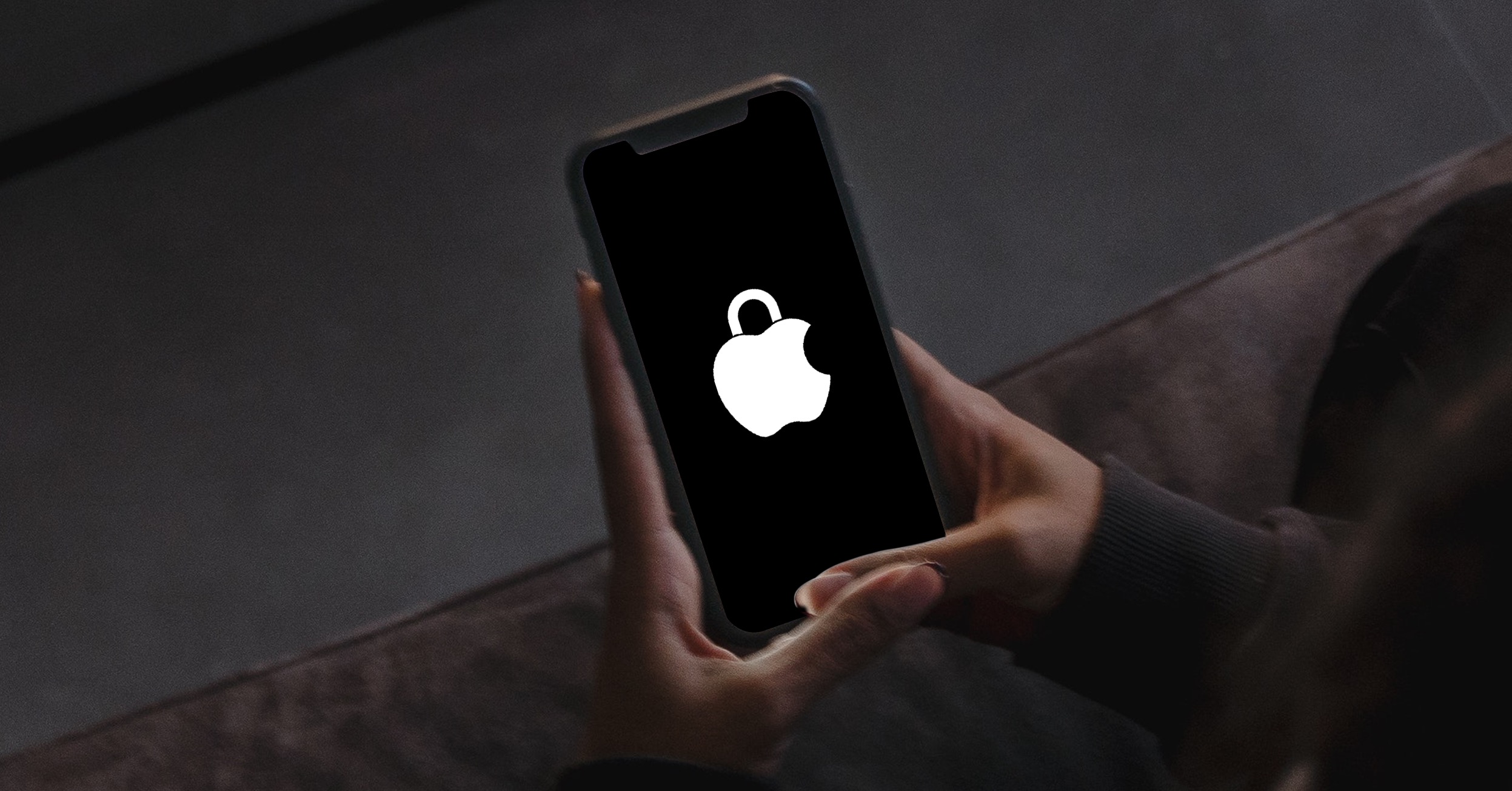

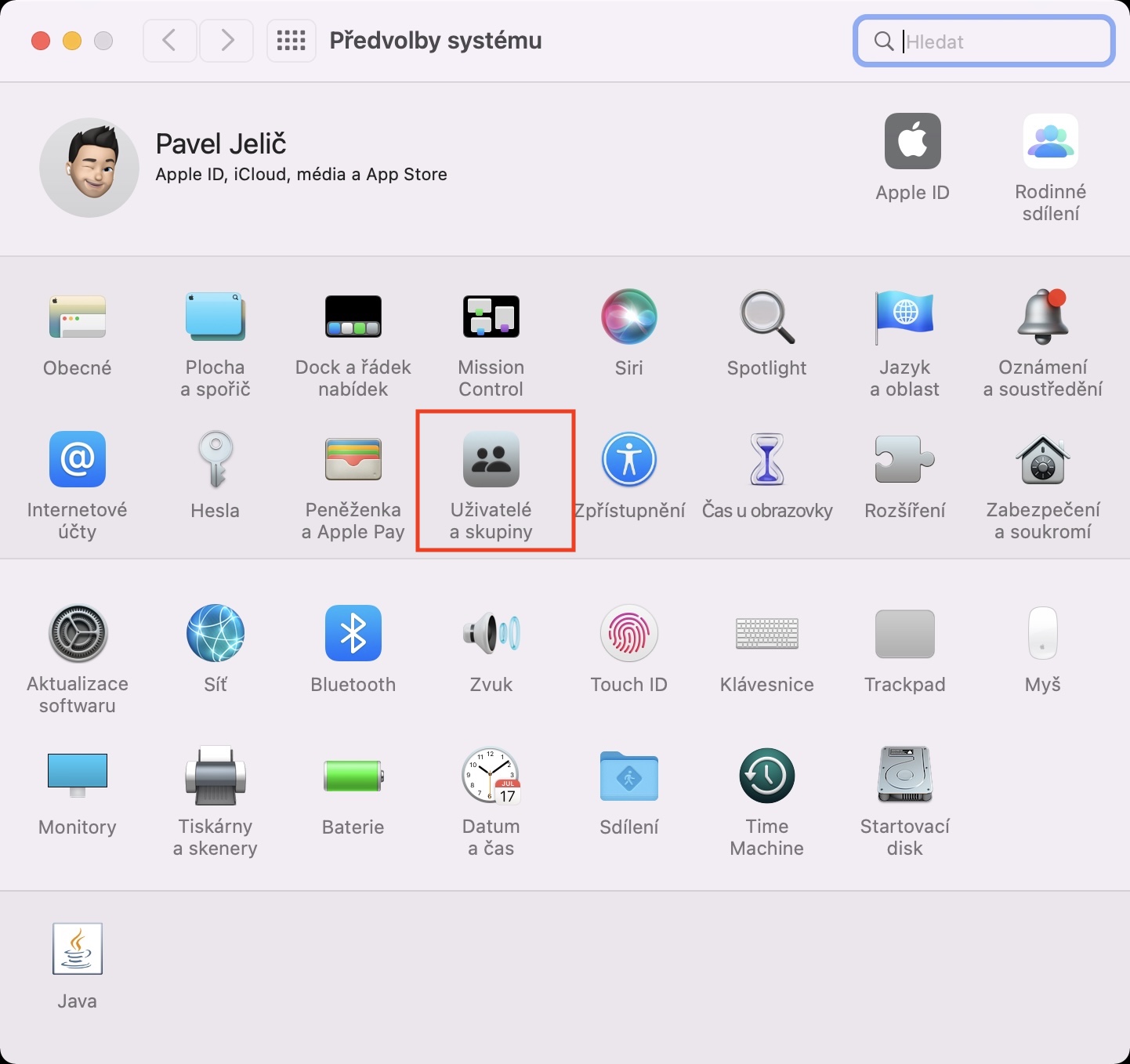


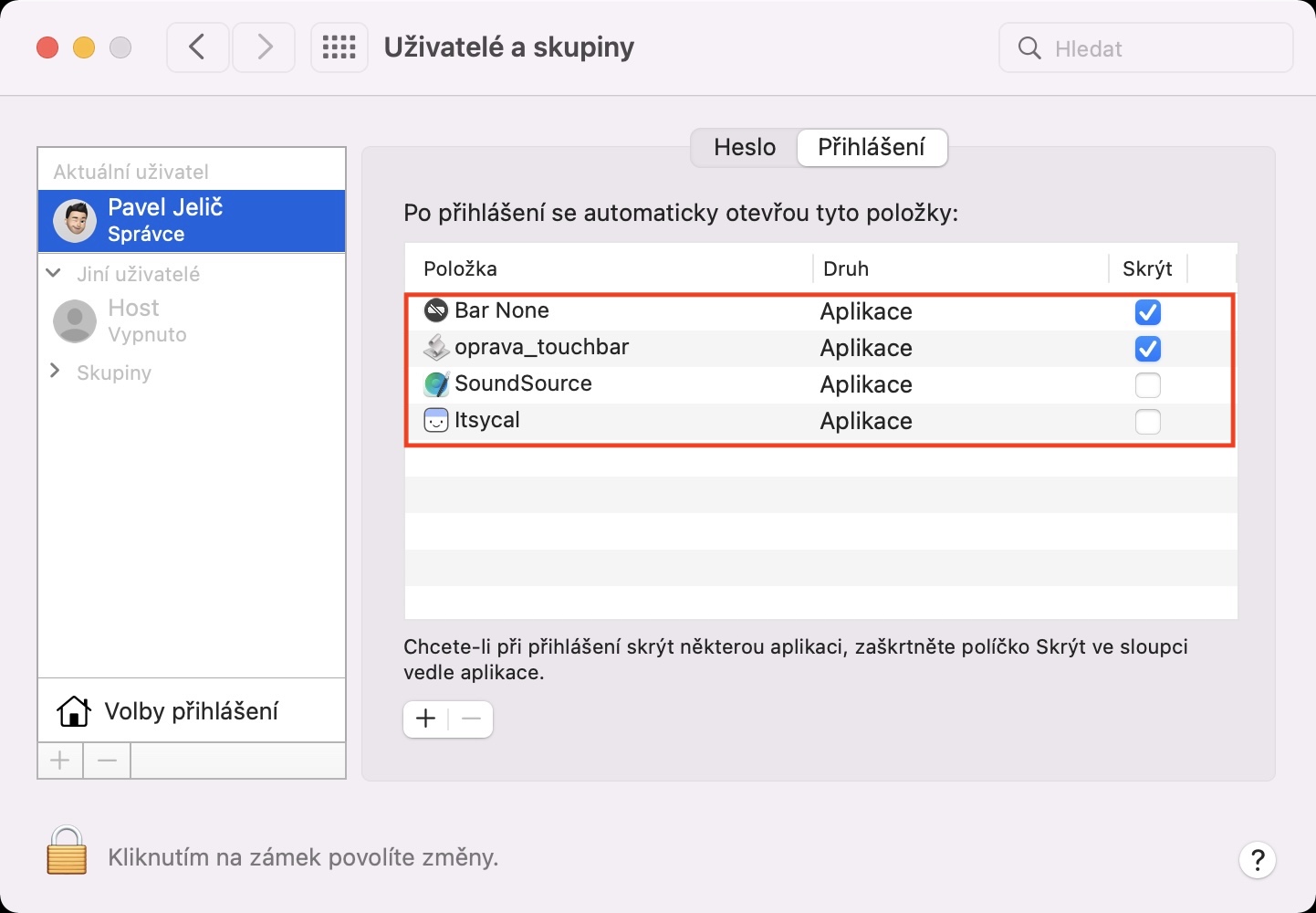
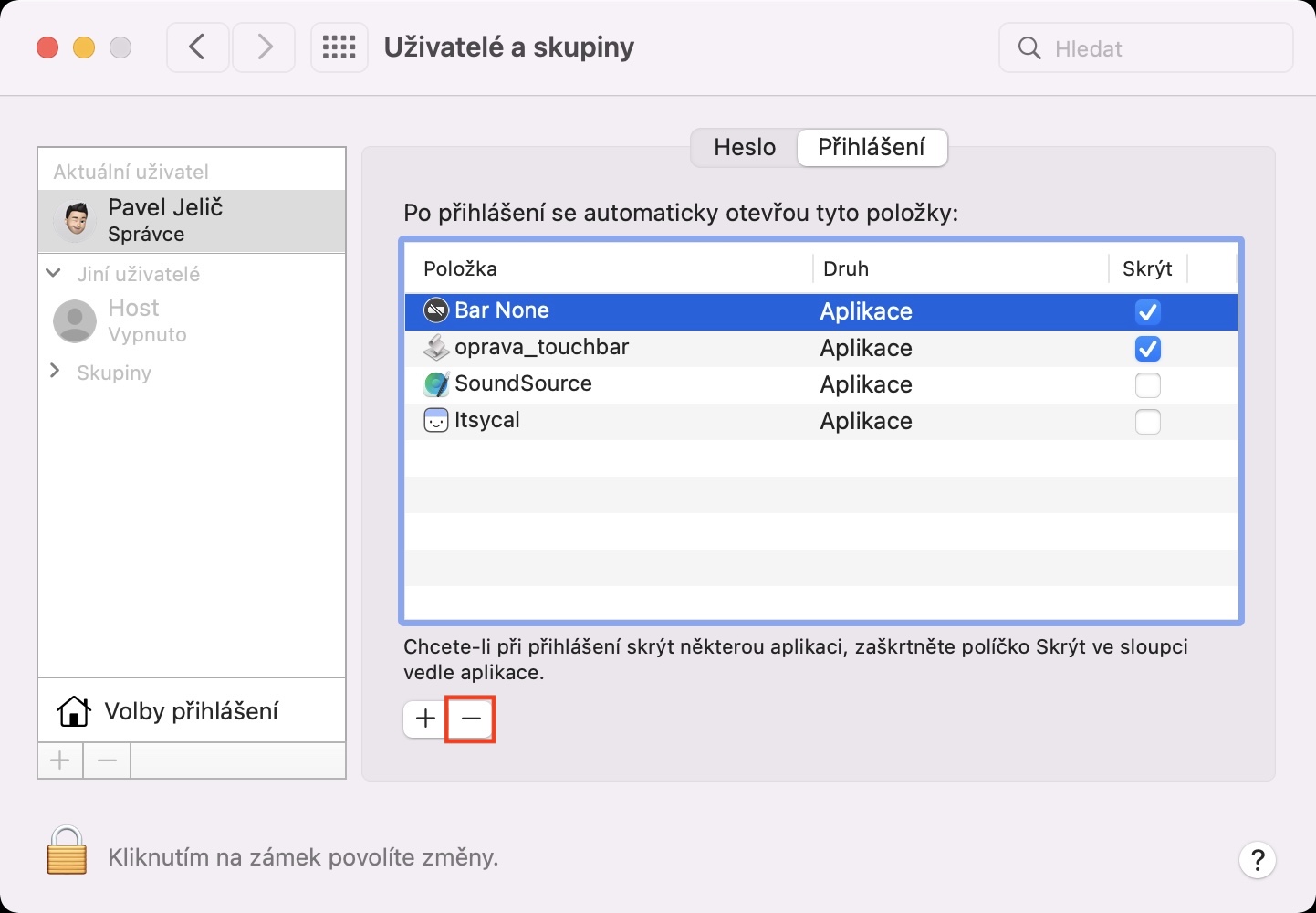
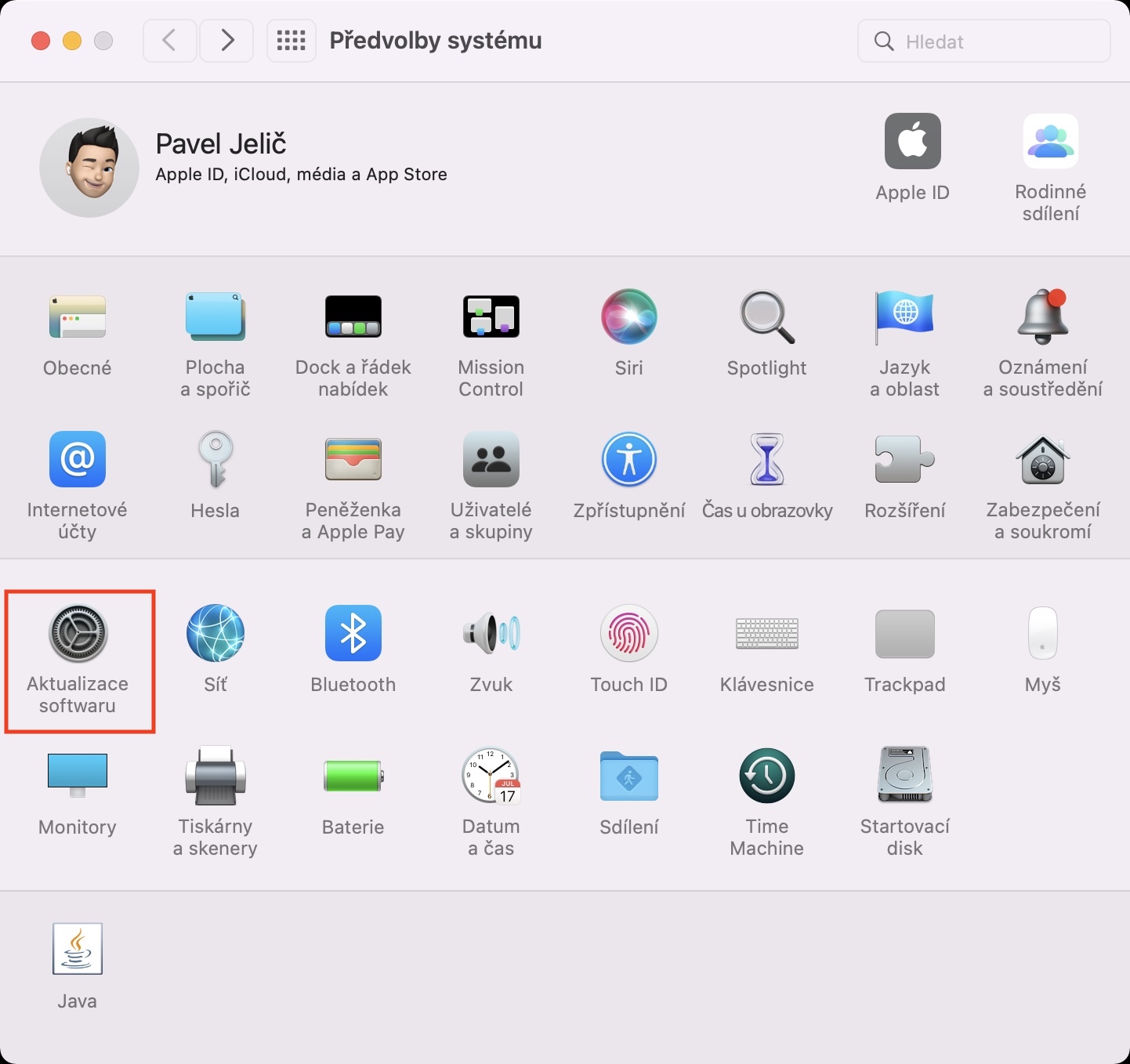

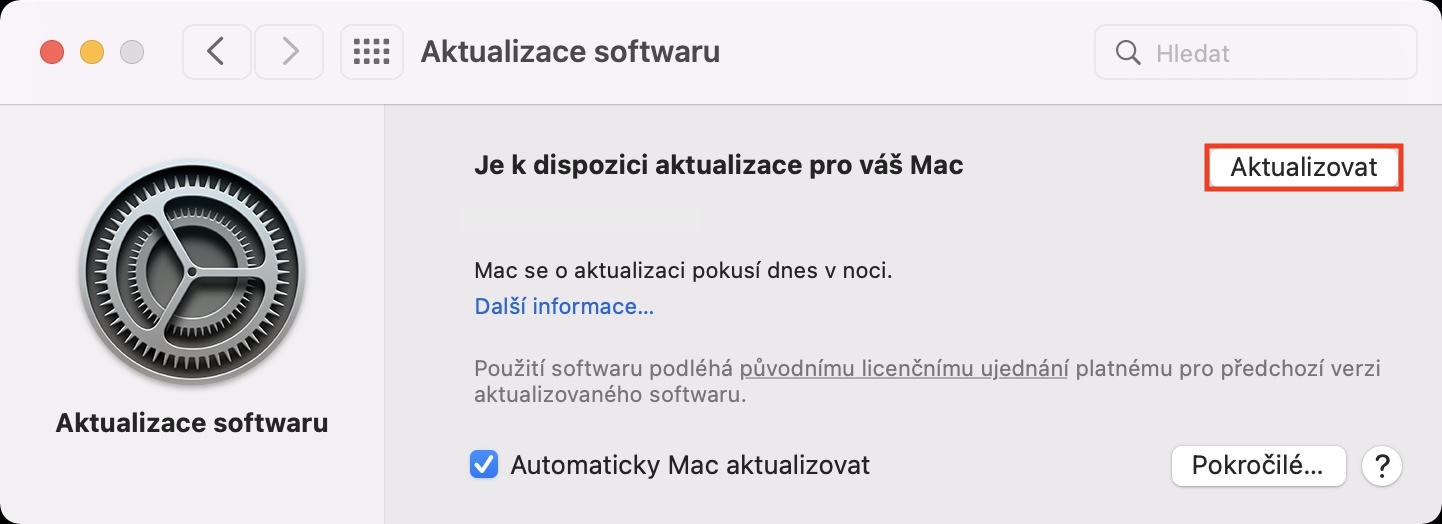
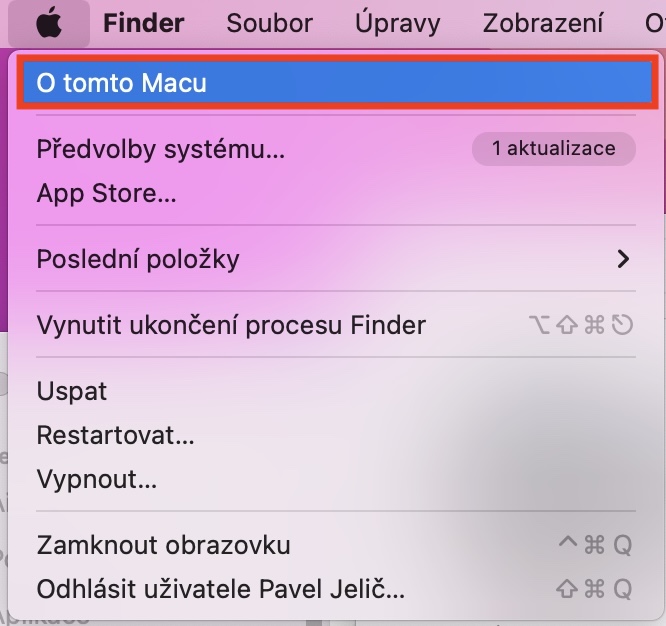


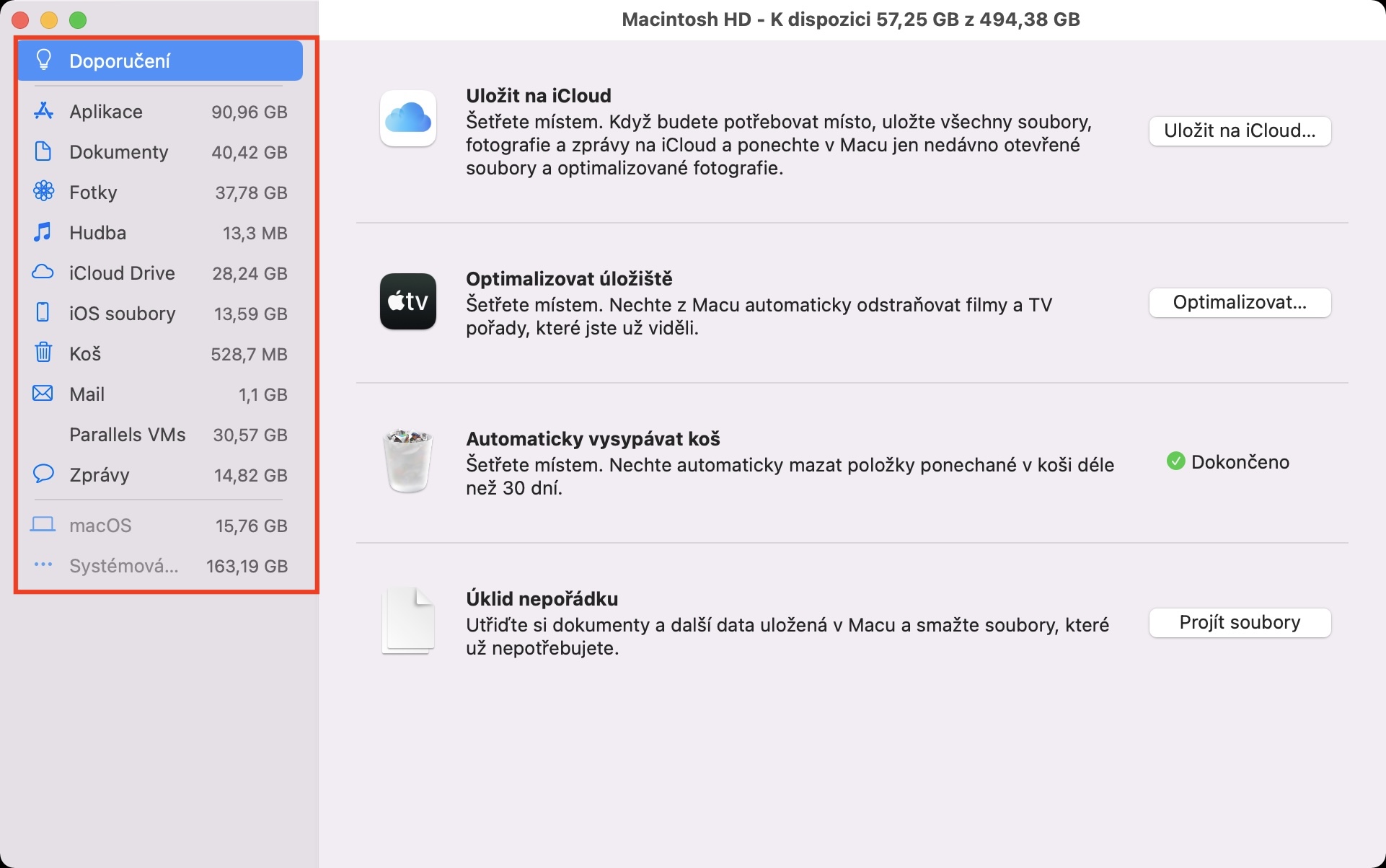
 Adam Kos
Adam Kos